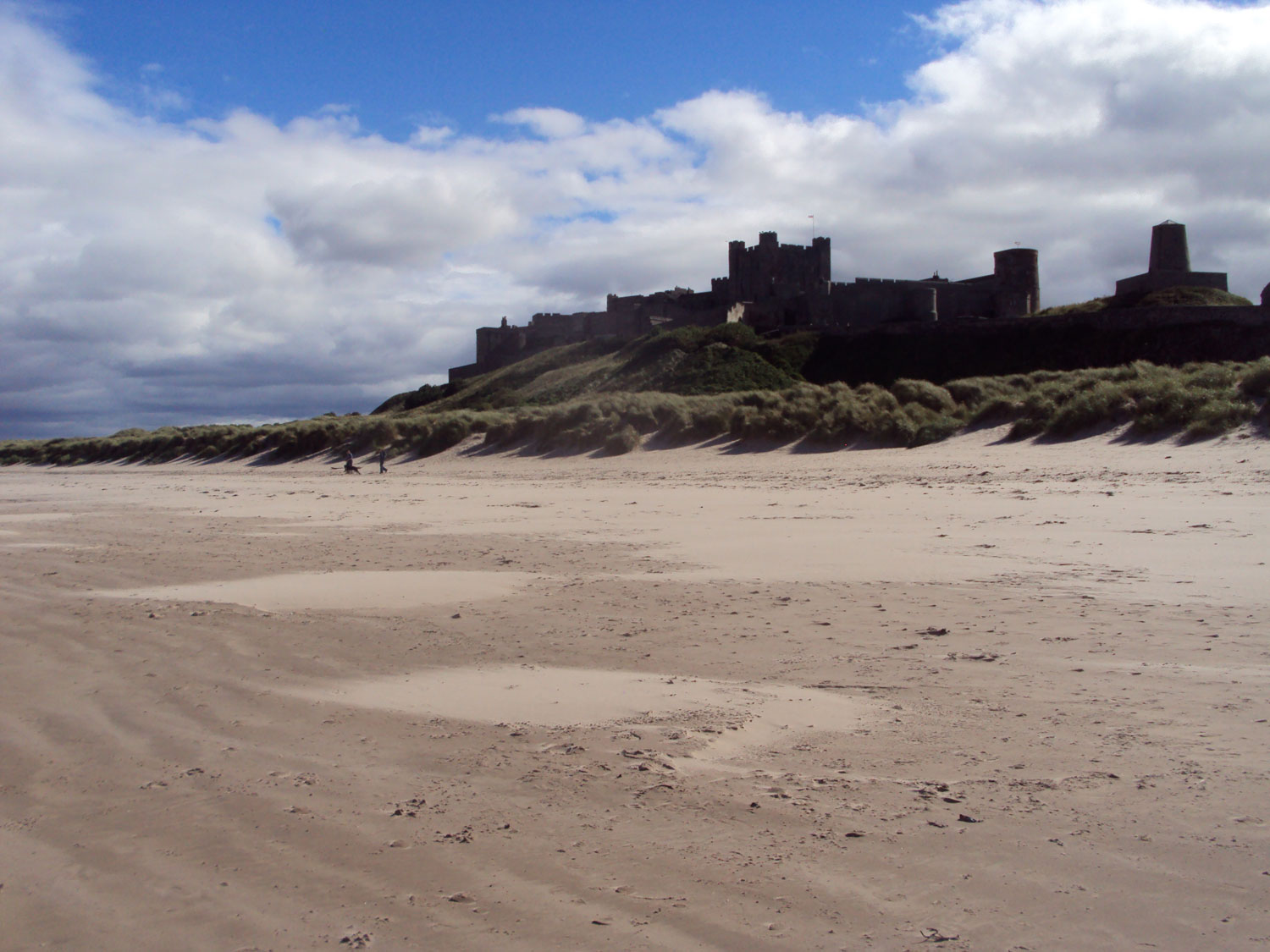EVIDENCE LOG 1- The Northumberland Coast AONB (Area of Outstanding Natural Beauty)
Tourists like to visit the Northumberland Coast AONB to enjoy its dramatic scenery, to visit its two National Nature Reserves, its old fishing villages such as Craster and its historic castles, including Bamburgh and Dunstanburgh.
The AONB beaches have consistently met European guidelines for water quality.
Complete the table on the Evidence Log to suggest locations within the Northumberland Coast AONB where tourists can enjoy the activities listed. In each case, give a brief reason why that location is suitable.
The site www.northumberland.gov.ukwill help your research.
Northumberland is in North East England. It is England's most northerly county.
The stretch of the Northumberland Coast that lie south of the town of Berwick upon Tweed and north of Amble was first designated an Area of Outstanding Natural Beauty (AONB) in 1958.
The Northumberland Coast AONB has a beautiful landscape of long sandy beaches backed by dunes, rocky cliffs and islands and wide, sweeping river estuaries.
The area has two National Nature Reserves (Lindisfarne and the Farne Islands). The island of Lindisfarne is an internationally important site for birdlife and the Farne Islands are home to 4000 grey seals – one of the largest colonies of these animals in the UK.
Although there is a continuous coastal footpath along its full, 64km length, the AONB is narrow – never wider than 2.5km and only 50m across at its narrowest point. It has an area of 138 km².
EVIDENCE LOG 2 – AONBs in England, Wales and Northern IslandAn AONB is an area that has been listed by the government as being especially worth conserving because of the attractiveness of its physical environment.
Visit the Areas of Outstanding Natural Beauty website www.landscapesforlife.org.uk to find a map of the 46 AONB in England, Wales and Northern Ireland. Identify your nearest AONB (apart from the Northumberland Coast) and write a short description of its character on the Evidence Log.







